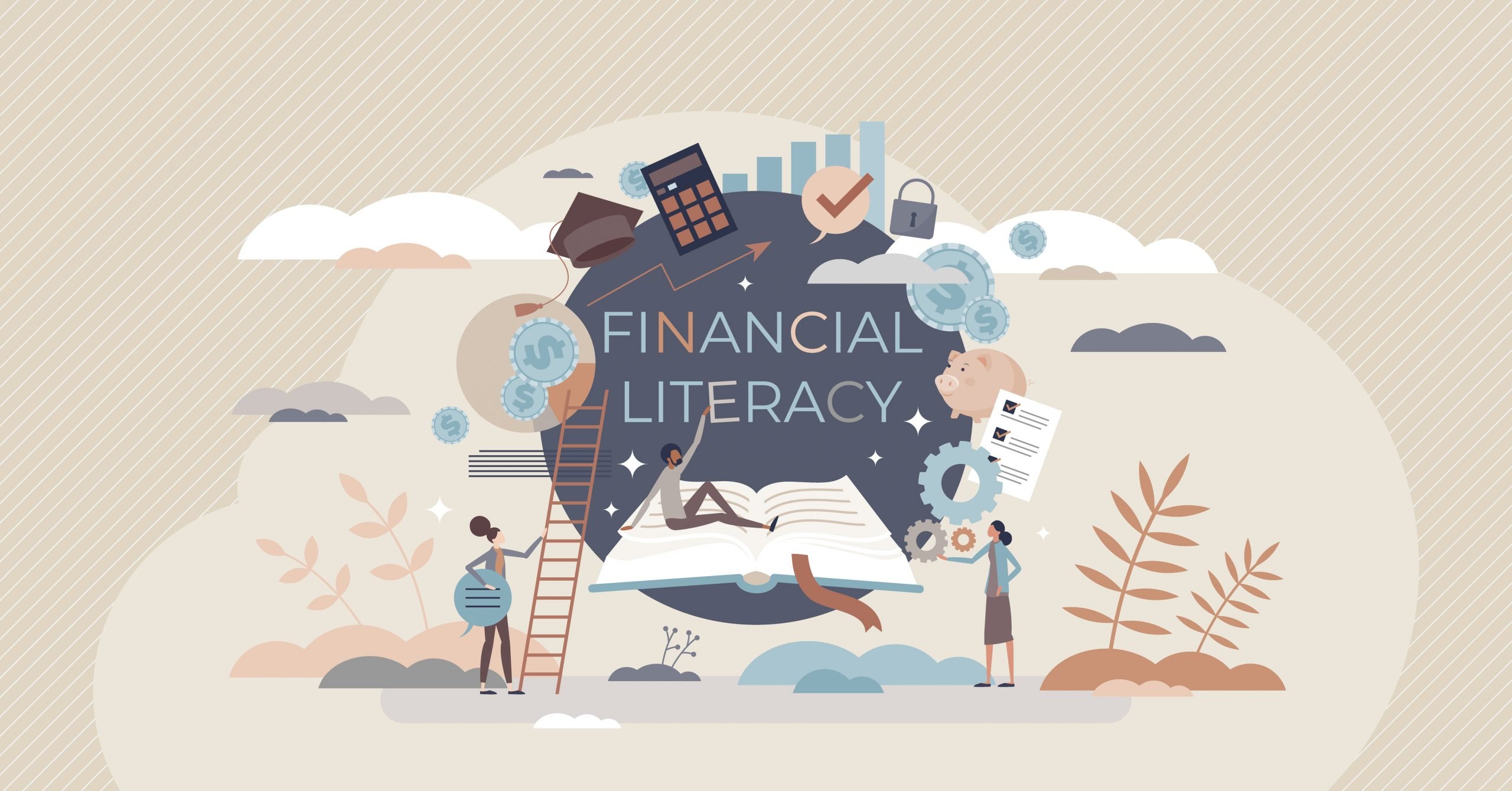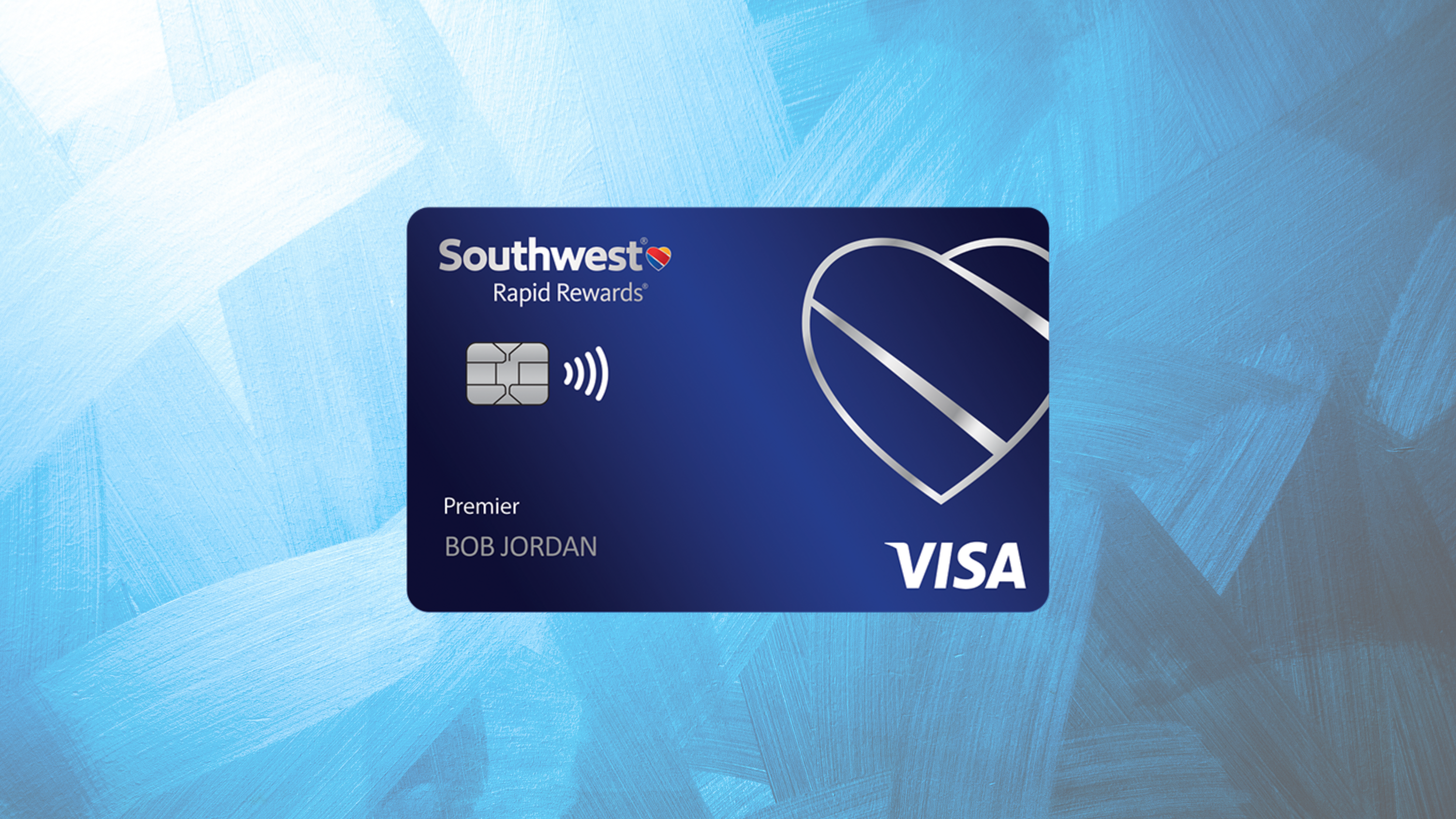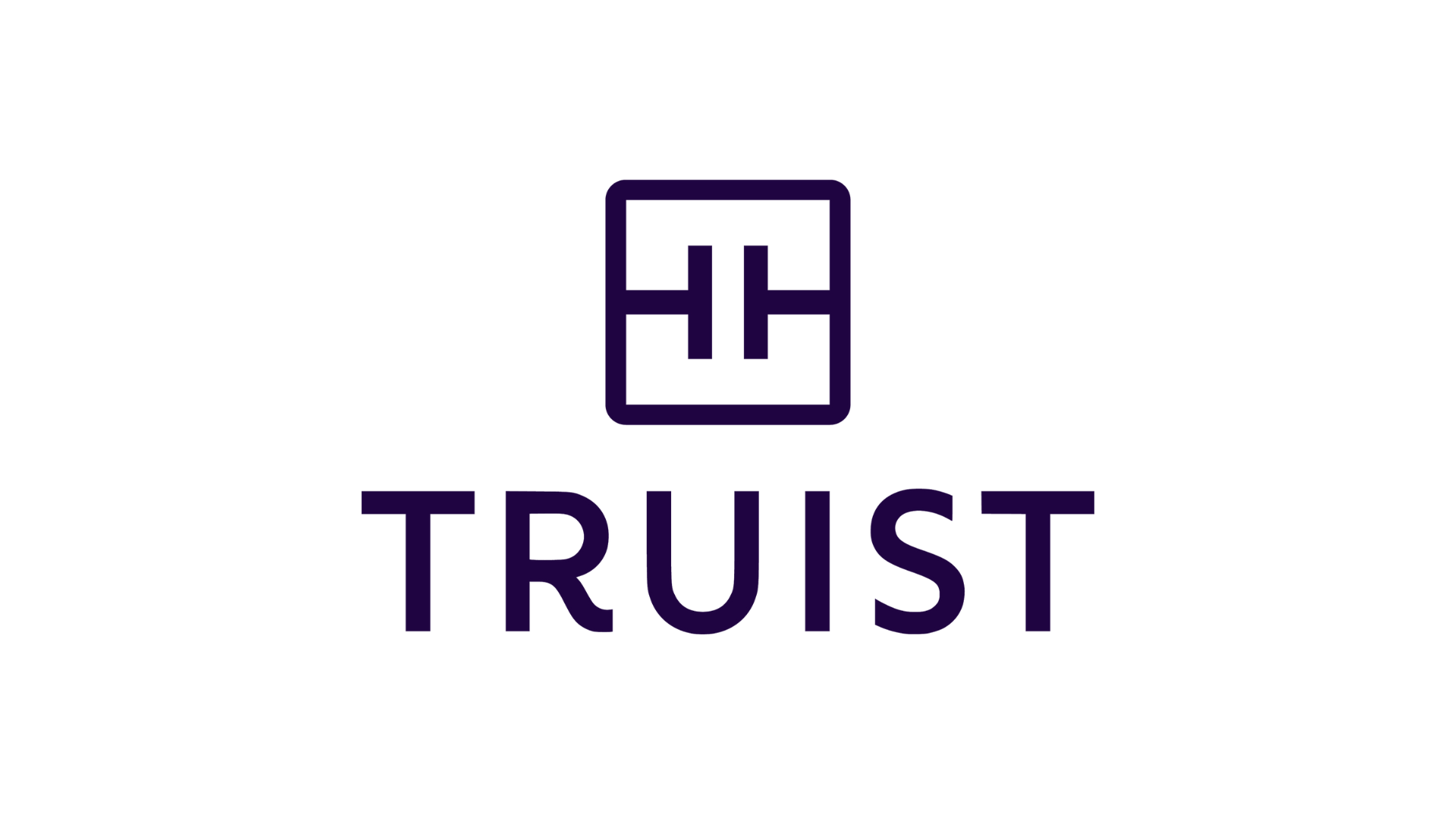Financial Education
The three types of income: learn more about them
Discover the three main sources of income and how you can use them to have more financial health and achieve the long-awaited financial freedom.
Advertisement
The different income types and what they mean for you

Quick answer: how do you make money? If you answered “working,” you need to increase your income knowledge. In fact, this is not the only way to make money. There are actually other types of income that you need to know about.

What are credit scores? An uncomplicated guide
Did you know that your credit score impacts many parts of your financial life? Learn about the different ranges and how you can start improving your credit score!
In fact, knowing what other ways to get money can be the difference between “health” and “illness” in your financial life. So stay with us and learn more about income and money.
Income types: see how to make money in three different ways
Generally, in schools, we only learn about one of the types of income. In fact, from an early age, we are taught to study to get a public or private job. However, this is not the only way to make money.
Also, this is not the best way to make money; on the contrary.
In fact, this is the most exhausting path, the one that yields the lowest percentage of gain and the one that suffers the most from tax increases. In fact, it’s okay to make money this way.
However, you need to mature your relationship with money and understand that this is just one way to make money and not the only way. To learn about all the other ways, read the following topics:
You will be redirected to another website
You’ll receive messages for less than 1 week, with a maximum of 1 message per day. You can unsubscribe anytime by replying STOP. By submitting this form, I confirm that I am 18+ years old and agree to the Privacy Policy and Terms and Conditions. I also provide my signature, giving express consent to receive informational messages via automated emails, SMS, MMS text messages, and other forms of communication. Message frequency may vary as part of our good-faith effort to respond to your inquiry. Message and data rates may apply. Text STOP to cancel. I understand that my consent to receive communications is not a condition of purchase and that I may revoke my consent at any time.
Earned Income
In fact, this is the first source of income most people come in contact with. So this is very simple to understand and put into practice. It basically consists of exchanging time/energy for money.
For example, when you are hired by a company, you will need to spend part of your day there, available. Typically, shifts are medium or full-time.
At the end of a month or week, you receive a value referring to the number of hours worked. This is the basic way of working, whether you are the janitor or the doctor at the hospital.
This is also the source of income for professionals called freelancers. The difference is that they are not always required to work a fixed amount of hours.
In some situations, they may be hired just to carry out a project. However, they trade their energy and time for money in a similar way.
In fact, this source of income should be anyone’s starting point. However, contrary to what is taught, it is not and need not be the only one.
Below, we list the advantages and disadvantages of this type of income source:
Pros
- It is possible to benefit even without having any economic education;
- Possibility to increase your earnings with experience and improvement;
- Some understand this type of income source as something predictable and unstable.
Cons
- In periods of economic instability or crisis, you may be unemployed and without income;
- At some point, your profession may simply no longer exist (the feeling of stability can be elusive);
- Governments often charge high taxes on this type of income.

How to get started with personal finance: learn 4 tips
Want to get your finances in order? Read these 4 tips on personal finance and improve your wealth management. Start today!
Portfolio income

On the other hand, with portfolio income, you don’t offer your time. In fact, you use your own money to form a superior asset.
Was it difficult to understand? In fact, after these examples, there will be no doubt. In the USA, there are some professionals specializing in house flipping.
The idea behind this investment is to buy a low-value home with growth potential. After a renovation, the house sells for more than the money that went into buying and renovating it.
So we can say that the money was used to make more money without investing time. This same strategy is used by Day Traders. These are investors who study the stock market.
Your job is to find stocks that are undervalued or that you believe will soon be worth more. So they buy those shares at a low price, and when they appreciate them, they sell them.
The difference between the sale value and the purchase value is what generates the income. In recent years, many people have become interested in this type of income.
However, this type of activity carries some associated risks. Check out the lists below to understand better:
Pros
- There is the possibility of high yields in a short period of time;
- It is possible to benefit from the most different types of markets even without knowing them in depth;
- If you understand the bearish and bullish movements of the market, you can greatly benefit.
Cons
- You will need some financial knowledge to earn this type of income;
- The risks associated with this type of action can be high, and the market always tends to fluctuate a lot;
- Fees can put you off, especially if your investment capital isn’t the biggest.
Passive income
The third and final of the types of income is passive income. This one gets its name because, once built, it “no longer requires your work”.
These sources of income are perennial. That is, the money will stay in your account “forever.” That’s without you having to work straight hours during the week or carry out buying or selling actions.
Examples of passive income can be as simple as a book, a blog, or an online course.
The writer of a successful book will continue to receive money monthly for the sales of a book he wrote years ago.
A blog and other digital content earn advertising payments every time someone accesses that material. An online course will also continue to generate money every time a new student enrolls.
Other larger sources of income can be buildings and houses for rent or businesses. At this point, I believe you should have understood the concept.
These investments will generate earnings without you necessarily being engaged in them. However, not everything is flowers. Know the advantages and disadvantages of this type of investment:
Pros
- Continual income every month, whether you are working or not;
- You do not need to dispose of your asset to receive profits;
- This type of income receives the lowest tax rates of the three types of income.
Cons
- It takes a high “financial IQ”, patience, and perseverance to establish a passive income stream;
- There are still maintenance jobs or fees and some expenses to worry about;
- Some types of passive investing require a good amount of money.
Why having multiple streams of income is essential for your financial health?

During the pandemic, humanity discovered why it is so important to have more than one source of income.
Unfortunately, this happened in the most painful way possible. In the blink of an eye, jobs simply disappear. In addition, some companies were forced to close their doors, and stock market shares plummeted.
Thus, people who had only one type of income suffered greatly from the intense changes in the international scenario. However, it is not only in catastrophic events that this reality becomes evident.
In fact, it is very important to have an alternative income when you become unemployed or want to make a career transition.
When your business is going bad, it’s nice to have income from another source so you don’t accumulate debt.
Thus, multiple sources can ensure that you will always be able to support your family and yourself. That’s why you need to start thinking about it today.
One of the ways to develop income and increase your knowledge about the market and investments. However, this will only be possible with a good level of “financial literacy”.
To understand more about this subject, see the following article!

What is financial literacy (and why everyone should know about it)
Fundamental knowledge to conquer freedom and all your financial dreams. Understand what financial literacy is.
Trending Topics

Buy cheap WestJet flights: easy step by step
Find out how to buy cheap tickets for WestJet flights and save over 20%! Keep reading and learn how to get those cheap flights!
Keep Reading
Southwest Rapid Rewards® Premier Credit Card full review: should you get it?
Southwest Rapid Rewards® Premier Credit Card will turn every dollar spent into points toward free travel! Learn more about this reward!
Keep Reading
Truist Enjoy Cash Credit Card full review: should you get it?
Meet the Truist Enjoy Cash Credit Card and get access to up to 3% cashback and a chance to increase all your rewards!
Keep ReadingYou may also like

Credit score vs. credit report: everything you need to know
Credit score vs. credit report: understand the terms and how they work together toward your financial wellness. Learn all about them here!
Keep Reading
Credit cards for new to credit: top 6 options
Top 6 credit cards for new to credit. These cards are perfect if you've started building your credit score and want cashback and more!
Keep Reading
Credit cards for good credit: discover the benefits of these 5 options
With good credit, you can have many more advantages and perks! Here are 5 great credit cards to make the most of your credit score.
Keep Reading